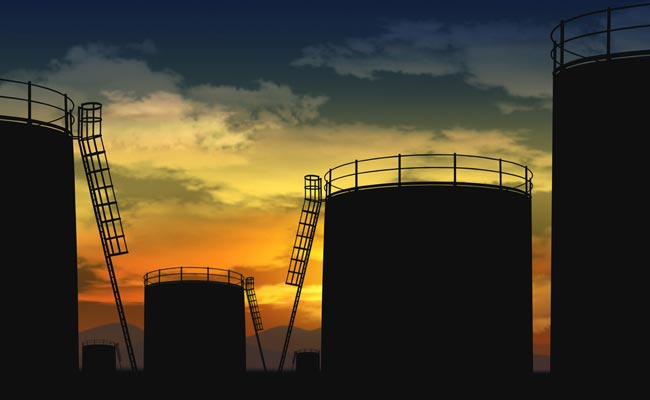
Good time to bolster India’s strategic crude oil reserve: ASSOCHAM
Sachin Manawaria | The Dollar Business

Low international crude prices have fallen by almost 40% from their peak levels in six months’ time, and this is the best time to build and expand the strategic crude oil reserves in India which imports nearly 70% of its oil requirement, according to a new study by the Associated Chamber of Commerce and Industry of India (ASSOCHAM). The current international crude prices of $60 per barrel presents an excellent opportunity to build strategic crude oil reserve for India, says the ASSOCHAM study. This can be done by enhancing the investment in physical infrastructure besides signing the forward contracts with the exporting countries, it says. The study adds, “It is once in several decade opportunity for India to scale up its strategic oil reserves at much higher level than even three months’ consumption, which itself is long way to go for us at this point of time.” In fact, India’s crude oil import bill in November 2014 when compared to May 2014 shows that India has saved around $3 billion per month as the prices of fuel in the Indian basket have declined to below $60 per barrel from $106 per barrel about six months ago. Thus it will cost India around 35 - 40% less to build strategic energy reserve at the present price, says ASSOCHAM. At present, India has three strategic crude oil reserves – one in Andhra Pradesh and two in Karnataka, and four more are proposed at Bikaner in Rajasthan, Rajkot in Gujarat, Padur in Karnataka, and Chandikholein in Odisha. The Indian government is planning to spend around Rs.5,000 - 6,000 crore on building the additional capacities. But given the opportunity of lower crude prices, the government must commit at least three to four times more investments to augment such capacities for our future requirements, says ASSOCHAM. Refined mineral oils and their products is also a major export item for India, accounting for around $65 billion of India’s total exports of around $314.5 billion in FY2013-14. Given the fact, that building of physical infrastructure takes long time, the study suggests that the government could go in for a larger scales forward commercial storage agreements in countries from where we can ship crude into our country. The refineries, both in public and in private should be aggressively exploring such opportunities, said ASSOCHAM. According to the World Bank, India consumed over 3.7 million barrels of oil per day, one million of which was domestically produced and the remaining 2.7 million barrels was imported in 2013. The cost of India’s crude oil imports during the past three years has averaged $165 billion, and with crude oil accounting for about a third of the import bill and nearly two-thirds of the trade deficit, lower oil prices will help the government reduce its trade deficit significantly. According to the World Bank’s projections, oil prices are likely to remain at low levels through most of 2015 and rise above $102 per barrel only in 2021.
This article was published on December 27, 2014.






 to success.
to success.